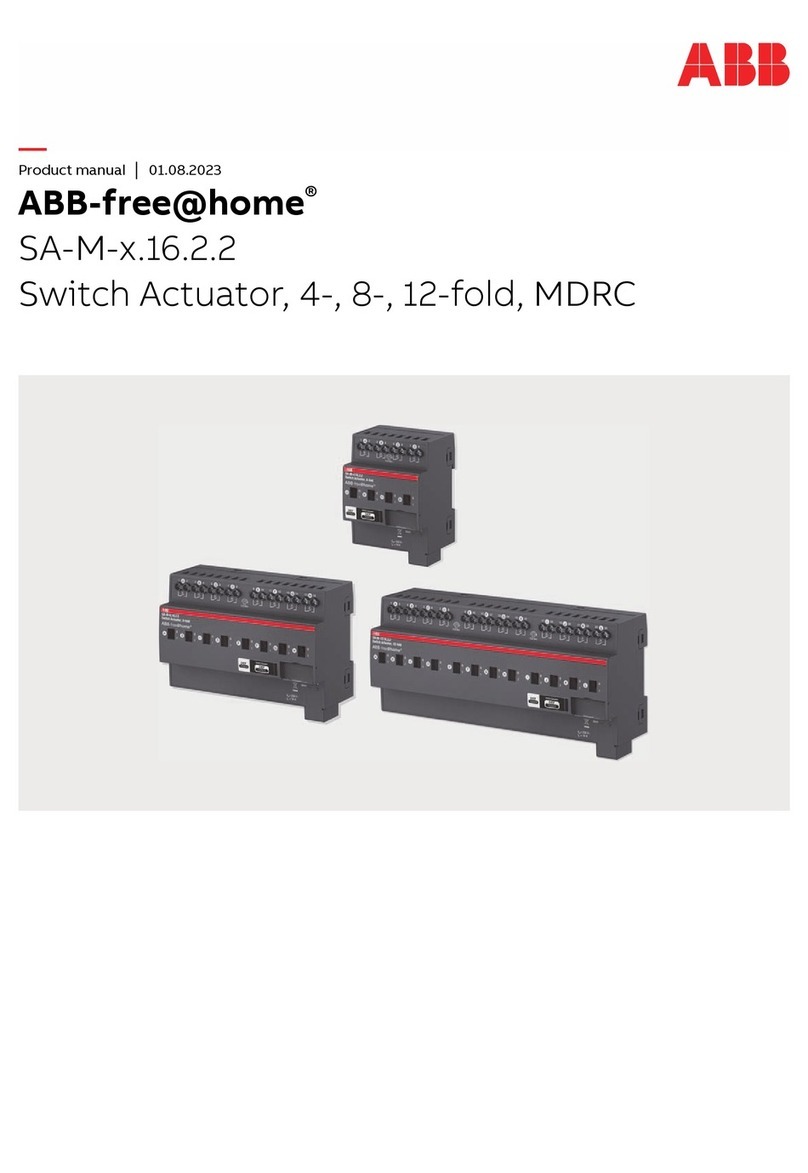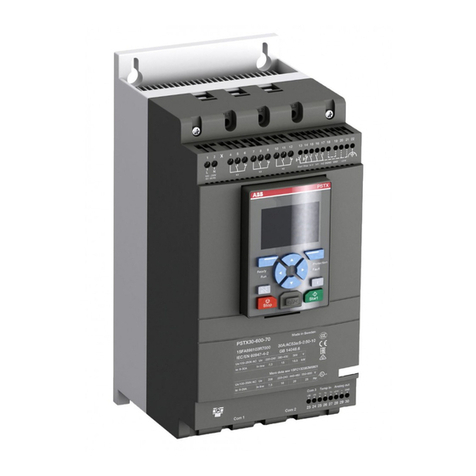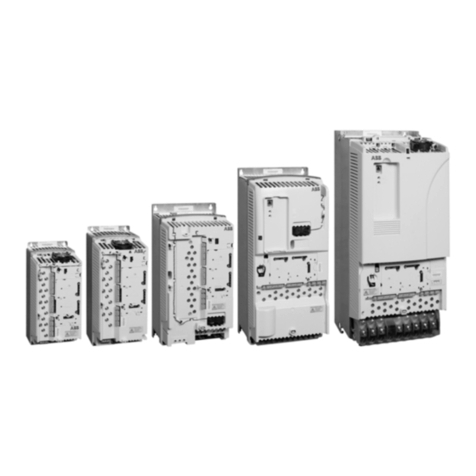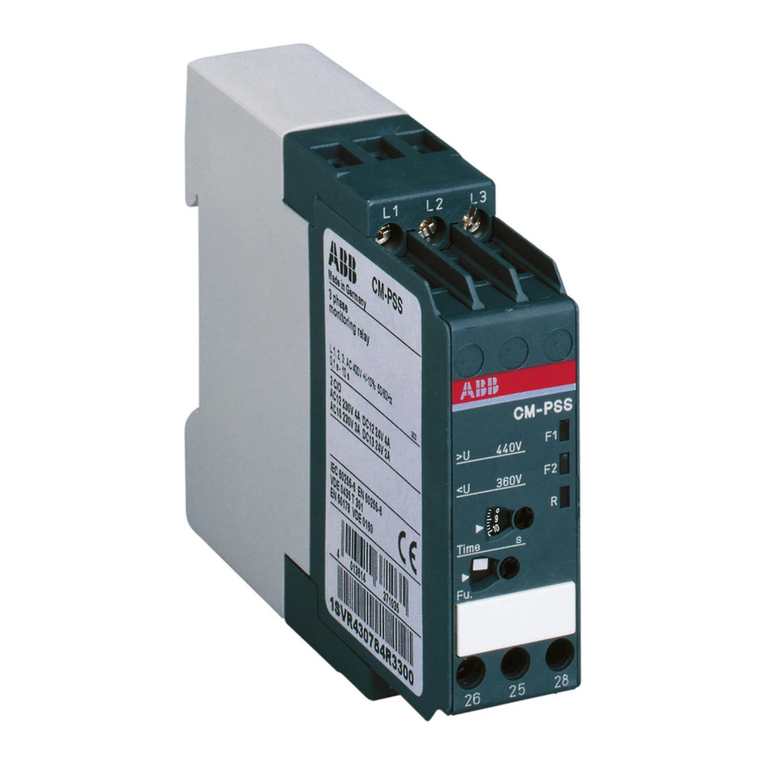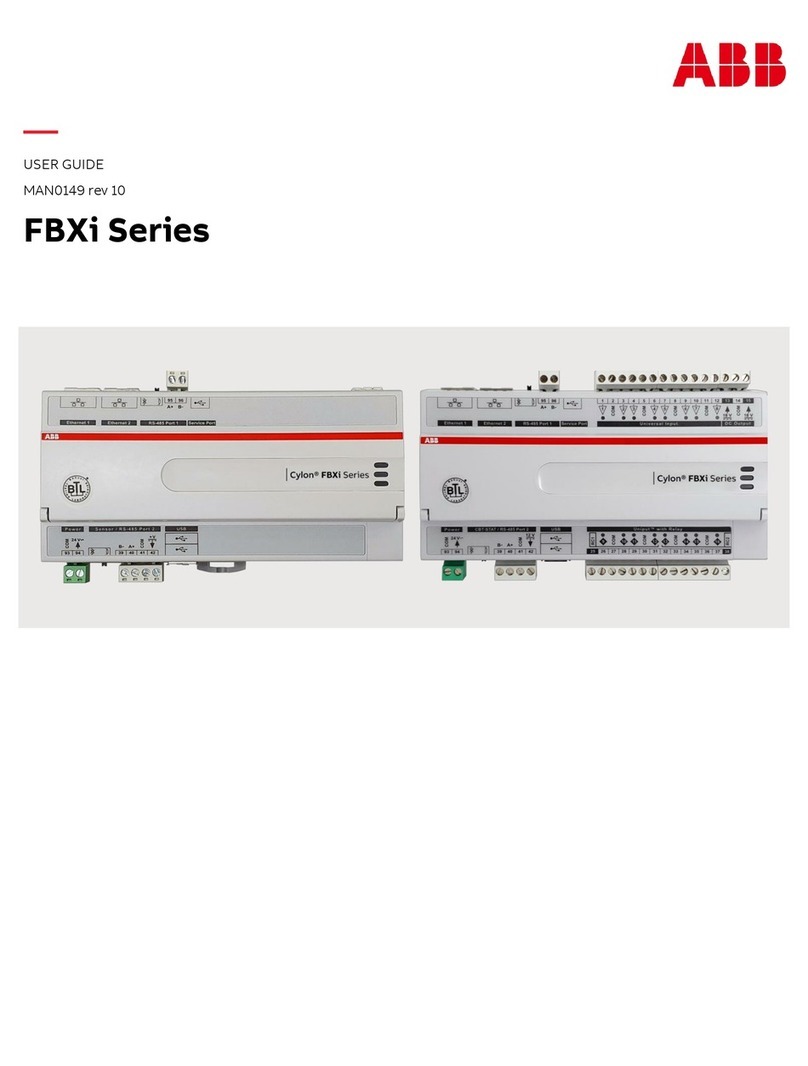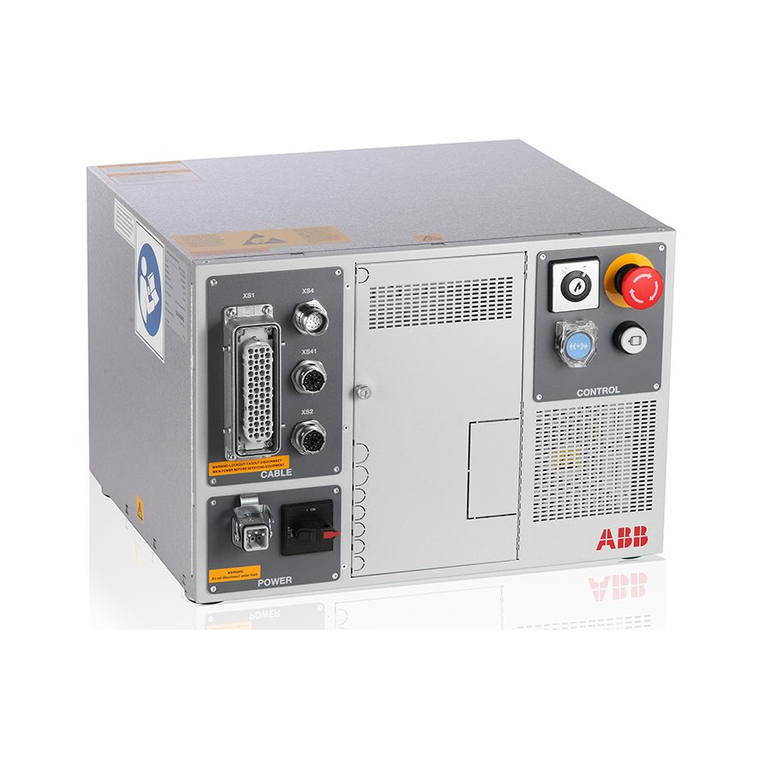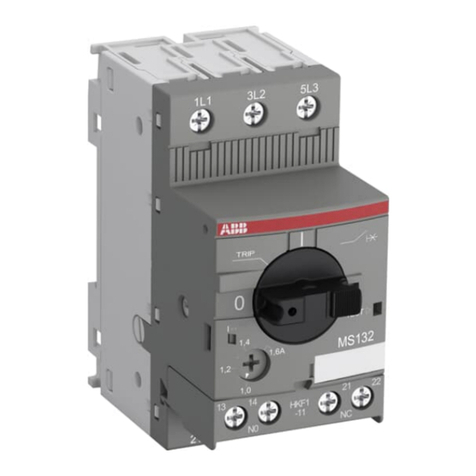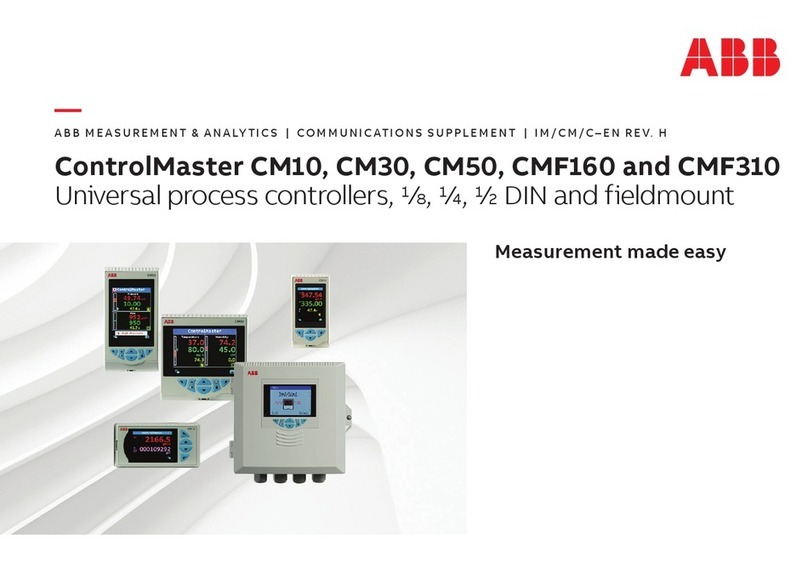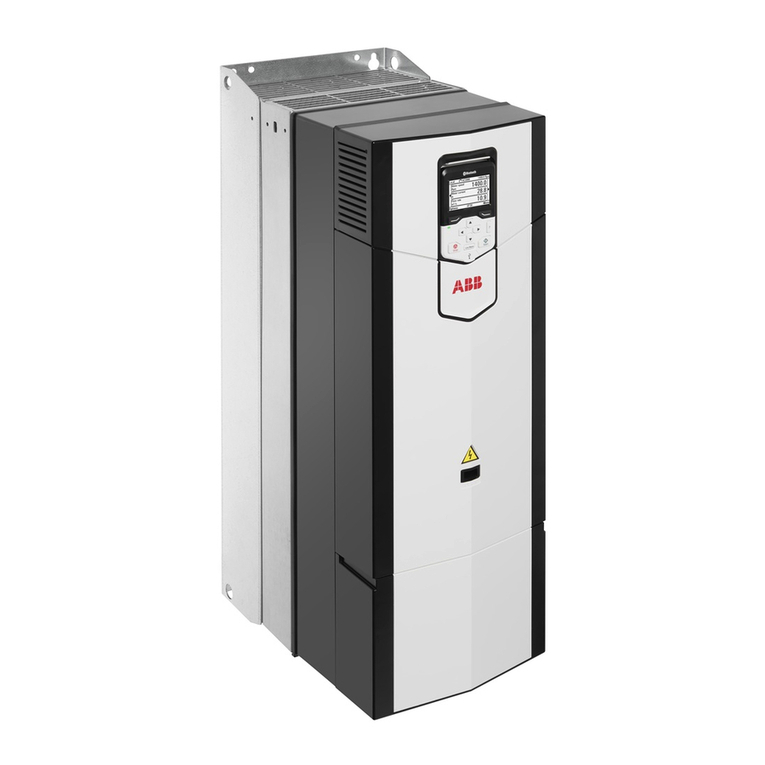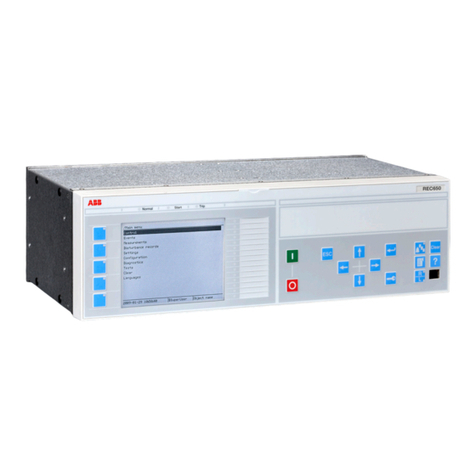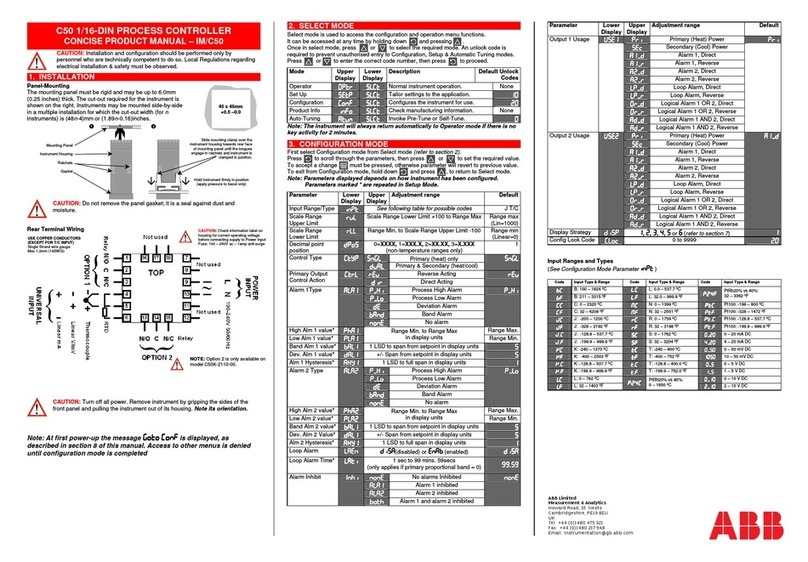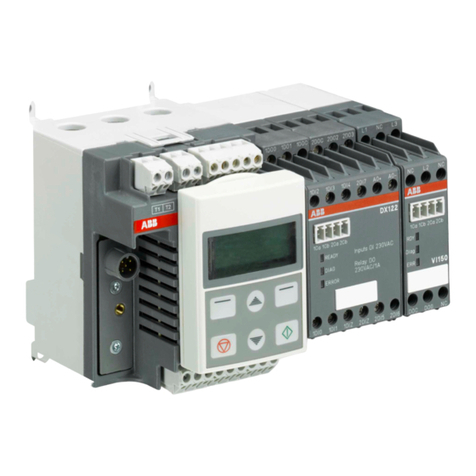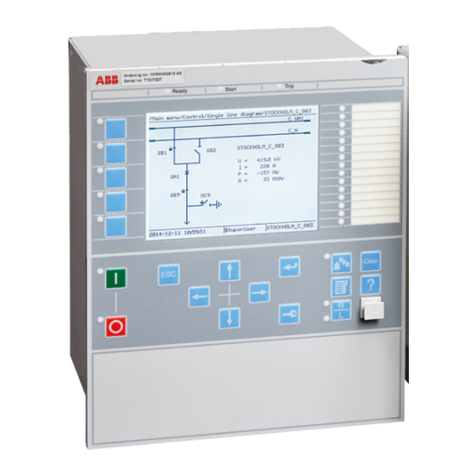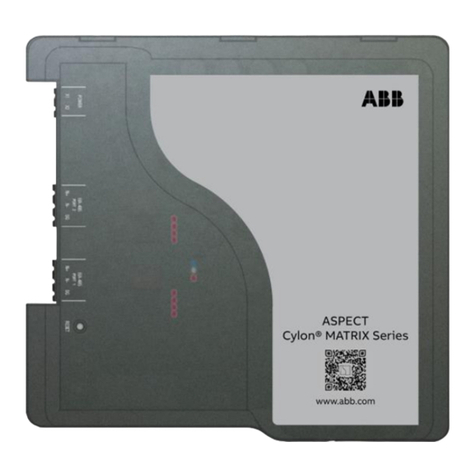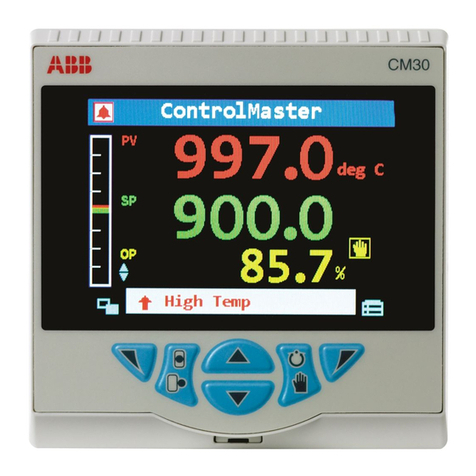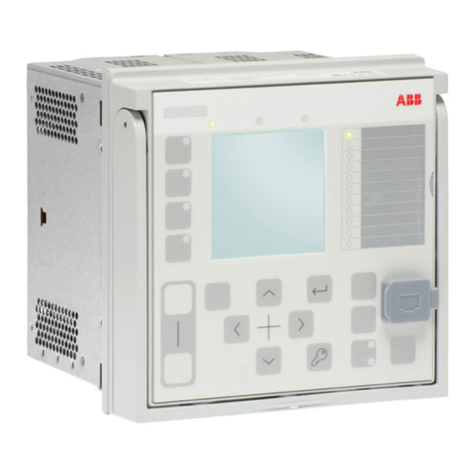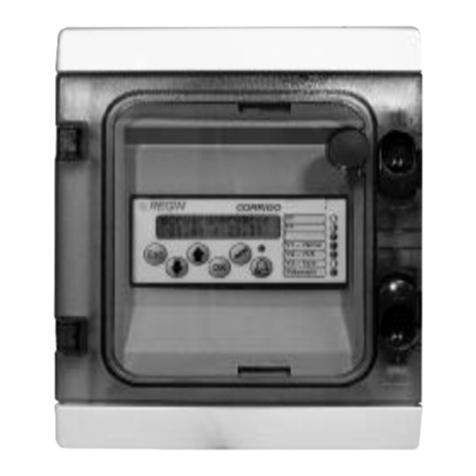
ABB i-bus®KNX
Contents
JRA/S 6.230.3.1 | 2CDC506083D0201 i
1General ................................................................................................. 3
1.1 Using the product manual.............................................................................................................3
1.1.1 Notes............................................................................................................................................4
1.2 Overview of product and functions ...............................................................................................5
2Device technology............................................................................... 7
2.1 Technical data..............................................................................................................................7
2.1.1 Binary inputs.................................................................................................................................8
2.1.2 Rated current output 6 A...............................................................................................................9
2.1.3 Lamp load output 6 A..................................................................................................................10
2.2Connection diagram ...................................................................................................................11
2.3 Dimension drawing.....................................................................................................................12
2.4 Mounting and installation............................................................................................................13
3Commissioning.................................................................................. 15
3.1 Supplied state.............................................................................................................................15
3.2 Overview.....................................................................................................................................15
3.2.1 Input functions............................................................................................................................15
3.2.2 Output functions .........................................................................................................................16
3.3 Parameters.................................................................................................................................17
3.3.1 General parameter window.........................................................................................................18
3.3.2 Output A,B Operation mode parameter window.........................................................................21
3.3.2.1 Output A,B: Blind parameter window..........................................................................................22
3.3.2.1.1 Output A,B: Blind - Drive parameter window ..............................................................................27
3.3.2.1.2 Output A,B: Blind - Automatic parameter window.......................................................................29
3.3.2.1.3 Output A,B: Blind - Scene parameter window.............................................................................33
3.3.2.1.4 Output A,B: Blind - Safety parameter window.............................................................................36
3.3.2.2 Output A,B: Switch actuator (only "UP" contact) parameter window ..........................................38
3.3.2.2.1 Output A,B: Switch actuator - Time parameter window..............................................................42
3.3.2.2.2 Output A,B: Switch actuator - Time, - Flashing parameter window.............................................47
3.3.2.2.3 Output A,B: Switch actuator - Scene parameter window............................................................50
3.3.2.2.4 Output A,B: Switch actuator - Logic parameter window..............................................................53
3.3.2.2.5 Output A,B: Switch actuator - Forced operation parameter window...........................................55
3.3.2.3 Output A,B: Shutter parameter window......................................................................................58
3.3.2.3.1 Output A,B: Shutter - Drive parameter window...........................................................................62
3.3.2.3.2 Output A,B: Shutter - Automatic parameter window...................................................................63
3.3.2.3.3 Output A,B: Shutter - Scene parameter window.........................................................................63
3.3.2.3.4 Output A,B: - Shutter - Safety parameter window.......................................................................63
3.3.3 Input a Function parameter window...........................................................................................64
3.3.3.1 a: Blind sensor parameter window..............................................................................................65
3.3.3.2 a: Switch sensor parameter window...........................................................................................70
3.3.3.2.1 Distinction between long and short operation – No ....................................................................72
3.3.3.2.2 Distinction between long and short operation – Yes...................................................................74
3.3.3.2.3 a: Switch sensor - Objects "Switch" parameter window..............................................................75
3.3.3.3 Input a: Dim sensor parameter window......................................................................................80
3.3.3.4 Input a: Value/forced operation parameter window ....................................................................85
3.3.3.4.1 ParameterDistinction between long and short operation – No.................................................87
3.3.3.4.2 Parameter Distinction between long and short operation – Yes.................................................92
3.3.4 Commissioning without bus voltage ...........................................................................................93

